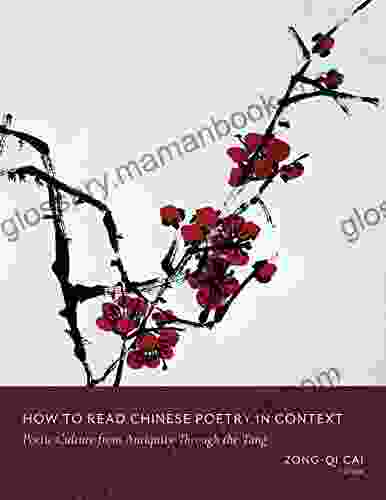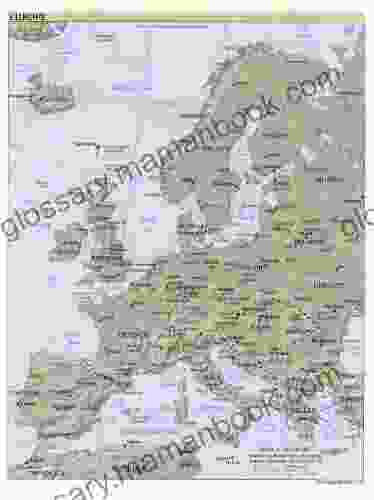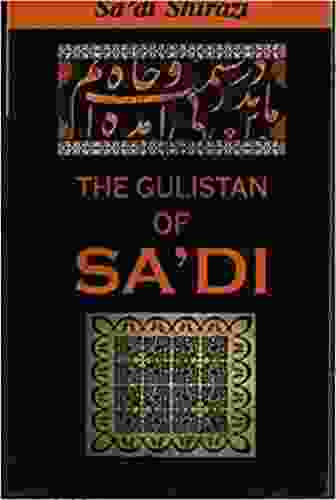Poetic Culture From Antiquity Through The Tang: How To Read Chinese Literature

Origins and Early Forms
The roots of Chinese poetic culture can be traced back to the ancient Zhou Dynasty (1046-256 BCE). During this period, poetry served primarily as a medium for ritual and religious expression.
Early Chinese poetry was characterized by a combination of oral and written forms. The most prominent genres included the shijing, a collection of folk songs and hymns; and the fu, a more elaborate, prose-like poem that depicted scenes from nature or court life.
4.1 out of 5
| Language | : | English |
| File size | : | 31517 KB |
| Text-to-Speech | : | Enabled |
| Screen Reader | : | Supported |
| Enhanced typesetting | : | Enabled |
| Word Wise | : | Enabled |
| Print length | : | 315 pages |
The Han Dynasty (206 BCE - 220 CE): Golden Age of Poetry
The Han Dynasty marked a golden age for Chinese poetry, with the emergence of great poets such as Li Bai, Du Fu, and Wang Wei.
Han poetry was characterized by a rich vocabulary, complex imagery, and a focus on introspection and the natural world. The yuefu, a genre of song lyrics, gained popularity during this period, showcasing the fusion of poetry and music.
The Tang Dynasty (618-907 CE): Flowering of Poetry
The Tang Dynasty is considered the pinnacle of Chinese poetic culture. This period witnessed an explosion of poetic creativity, leading to the production of some of China's most enduring literary masterpieces.
Tang poetry was renowned for its elegance, rhythmic complexity, and exploration of diverse themes. The shi, a regulated form of poetry, became the dominant genre during this time.
Forms and Techniques of Chinese Poetry
Chinese poetry is highly structured and employs a range of forms and techniques to create its distinctive sound and rhythm.
Some common forms include:
- Yuefu: Song lyrics with varying line lengths and rhyme schemes.
- Jueju: Four-line poems with five or seven syllables per line.
- Qiju: Seven-line poems with five or seven syllables per line.
- Shi: Regulated poems with a fixed number of lines, syllables, and rhyme scheme.
Themes and Symbolism
Chinese poetry encompasses a wide range of themes, including:
- Nature: The beauty and transience of the natural world.
- Love and friendship: Relationships between lovers and companions.
- Loneliness and exile: The sense of isolation and displacement.
- Politics and society: Reflections on historical events and social issues.
- The fleetingness of time: The passage of time and the inevitability of death.
Chinese poets often employed symbolism and allegory to convey their messages. Common symbols include the lotus (purity),the chrysanthemum (longevity),and the pine tree (resilience).
How to Read Chinese Poetry
Approaching Chinese poetry requires a combination of linguistic understanding and cultural context:
- Familiarize yourself with the language: A basic understanding of Chinese characters and grammar is essential.
- Read the poem aloud: Listening to the rhythm and sound of the poem can provide insights into its structure and meaning.
- Explore the historical and cultural context: Research the poet, the time period, and the social issues that may have influenced the poem.
- Consult translations and commentaries: Different translations and interpretations can offer varied perspectives on the poem's meaning.
- Be open to multiple interpretations: Chinese poetry often has multiple layers of meaning, and there may be no single definitive interpretation.
Poetic culture from antiquity through the Tang Dynasty has left an indelible mark on Chinese literature and culture. The rich tapestry of poetry produced during this period encapsulates the essence of Chinese thought, aesthetics, and worldview.
By understanding the forms, techniques, themes, and cultural context of Chinese poetry, we can unlock the beauty and wisdom contained within these timeless works of art.
4.1 out of 5
| Language | : | English |
| File size | : | 31517 KB |
| Text-to-Speech | : | Enabled |
| Screen Reader | : | Supported |
| Enhanced typesetting | : | Enabled |
| Word Wise | : | Enabled |
| Print length | : | 315 pages |
Do you want to contribute by writing guest posts on this blog?
Please contact us and send us a resume of previous articles that you have written.
 Top Book
Top Book Novel
Novel Fiction
Fiction Nonfiction
Nonfiction Literature
Literature Paperback
Paperback Hardcover
Hardcover E-book
E-book Audiobook
Audiobook Bestseller
Bestseller Classic
Classic Mystery
Mystery Thriller
Thriller Romance
Romance Fantasy
Fantasy Science Fiction
Science Fiction Biography
Biography Memoir
Memoir Autobiography
Autobiography Poetry
Poetry Drama
Drama Historical Fiction
Historical Fiction Self-help
Self-help Young Adult
Young Adult Childrens Books
Childrens Books Graphic Novel
Graphic Novel Anthology
Anthology Series
Series Encyclopedia
Encyclopedia Reference
Reference Guidebook
Guidebook Textbook
Textbook Workbook
Workbook Journal
Journal Diary
Diary Manuscript
Manuscript Folio
Folio Pulp Fiction
Pulp Fiction Short Stories
Short Stories Fairy Tales
Fairy Tales Fables
Fables Mythology
Mythology Philosophy
Philosophy Religion
Religion Spirituality
Spirituality Essays
Essays Critique
Critique Commentary
Commentary Glossary
Glossary Bibliography
Bibliography Index
Index Table of Contents
Table of Contents Preface
Preface Introduction
Introduction Foreword
Foreword Afterword
Afterword Appendices
Appendices Annotations
Annotations Footnotes
Footnotes Epilogue
Epilogue Prologue
Prologue Peyton Price
Peyton Price Kenneth Kitlarz
Kenneth Kitlarz Gordon Corrigan
Gordon Corrigan Mark Jenkins
Mark Jenkins Eliana Gil
Eliana Gil Dena Przybyla
Dena Przybyla Christine Wilcox
Christine Wilcox Jake Vanderplas
Jake Vanderplas Abra Berens
Abra Berens Robb Wolf
Robb Wolf Sarita Leone
Sarita Leone Alkevia Curry
Alkevia Curry Elizabeth Elgin
Elizabeth Elgin Anna Byrne
Anna Byrne Mesloub Iheb
Mesloub Iheb Judy Estrin
Judy Estrin Laura Thalassa
Laura Thalassa Shanicia Boswell
Shanicia Boswell Kelly Parker
Kelly Parker Jason Simmons
Jason Simmons
Light bulbAdvertise smarter! Our strategic ad space ensures maximum exposure. Reserve your spot today!
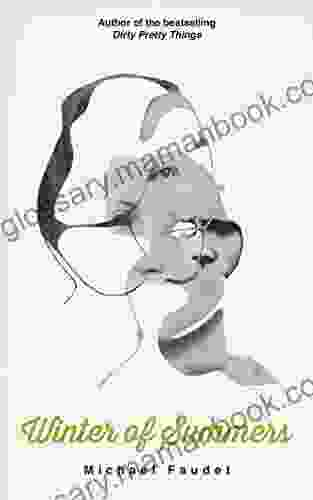
 Colin RichardsonWinter of Summers: An In-Depth Exploration of Michael Faudet's Chilling...
Colin RichardsonWinter of Summers: An In-Depth Exploration of Michael Faudet's Chilling... Darrell PowellFollow ·19.5k
Darrell PowellFollow ·19.5k Felipe BlairFollow ·7.1k
Felipe BlairFollow ·7.1k Ryūnosuke AkutagawaFollow ·5.6k
Ryūnosuke AkutagawaFollow ·5.6k Douglas FosterFollow ·15.1k
Douglas FosterFollow ·15.1k Bret MitchellFollow ·3.2k
Bret MitchellFollow ·3.2k Raymond ParkerFollow ·12k
Raymond ParkerFollow ·12k Cruz SimmonsFollow ·10.2k
Cruz SimmonsFollow ·10.2k William PowellFollow ·5k
William PowellFollow ·5k

 Cody Blair
Cody BlairWill You Ever Pee Alone Again? The Future of Bathroom...
The bathroom has long been a place of...

 Al Foster
Al FosterNine Years Among the Indians 1870-1879: Witnessing Their...
In the annals of American...
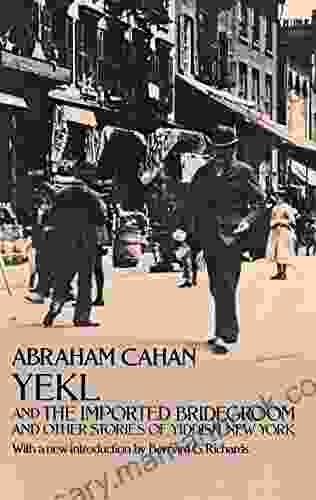
 Pete Blair
Pete BlairYekl and the Imported Bridegroom: A Window into the New...
Abraham Cahan's Yekl and the...
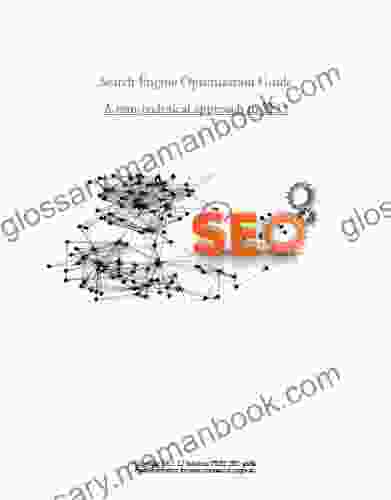
 Pablo Neruda
Pablo NerudaSearch Engine Optimization Guide: A Non-Technical...
In today's digital landscape, having a...
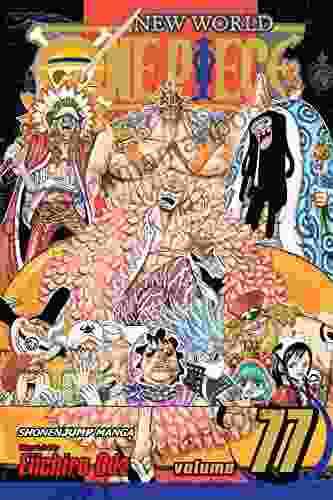
 Nikolai Gogol
Nikolai GogolOne Piece Vol 77: Smile - The Saga Continues with...
The Enthralling World...
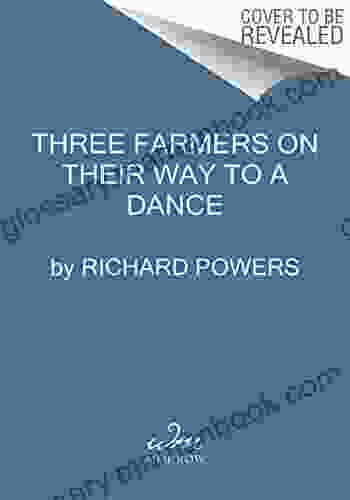
 Dan Henderson
Dan HendersonThree Farmers On Their Way To Dance
In a quaint countryside...
4.1 out of 5
| Language | : | English |
| File size | : | 31517 KB |
| Text-to-Speech | : | Enabled |
| Screen Reader | : | Supported |
| Enhanced typesetting | : | Enabled |
| Word Wise | : | Enabled |
| Print length | : | 315 pages |


